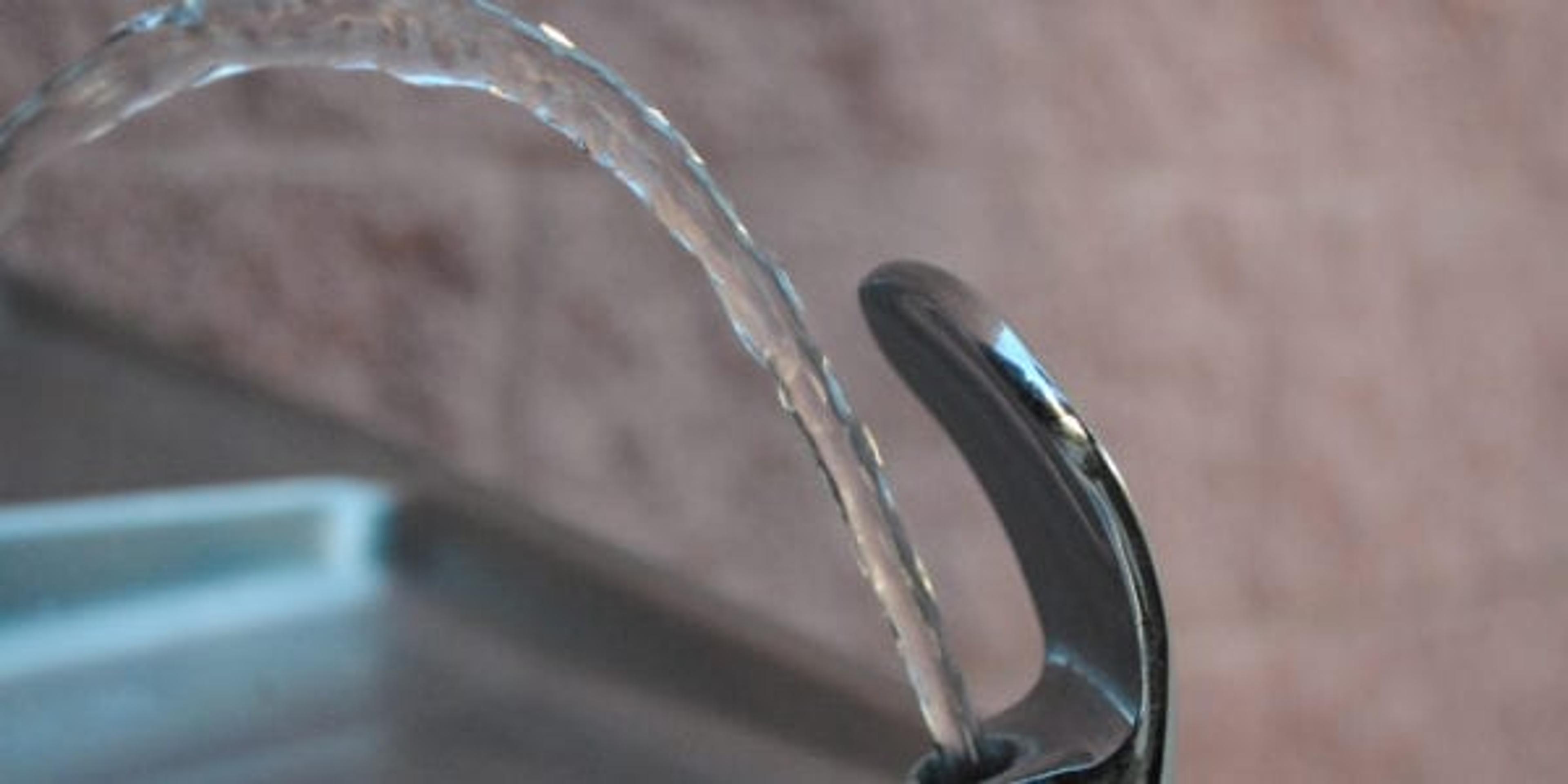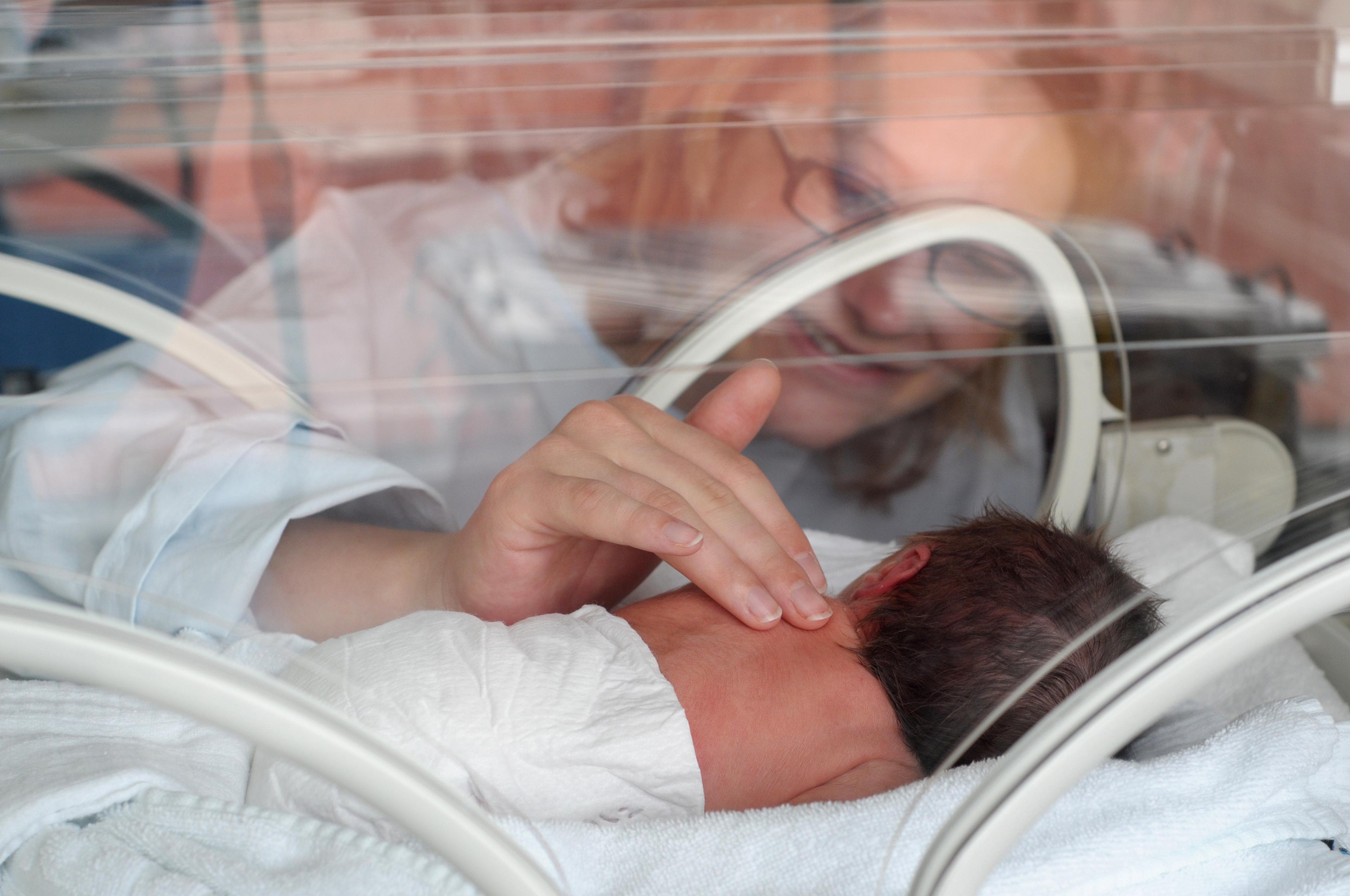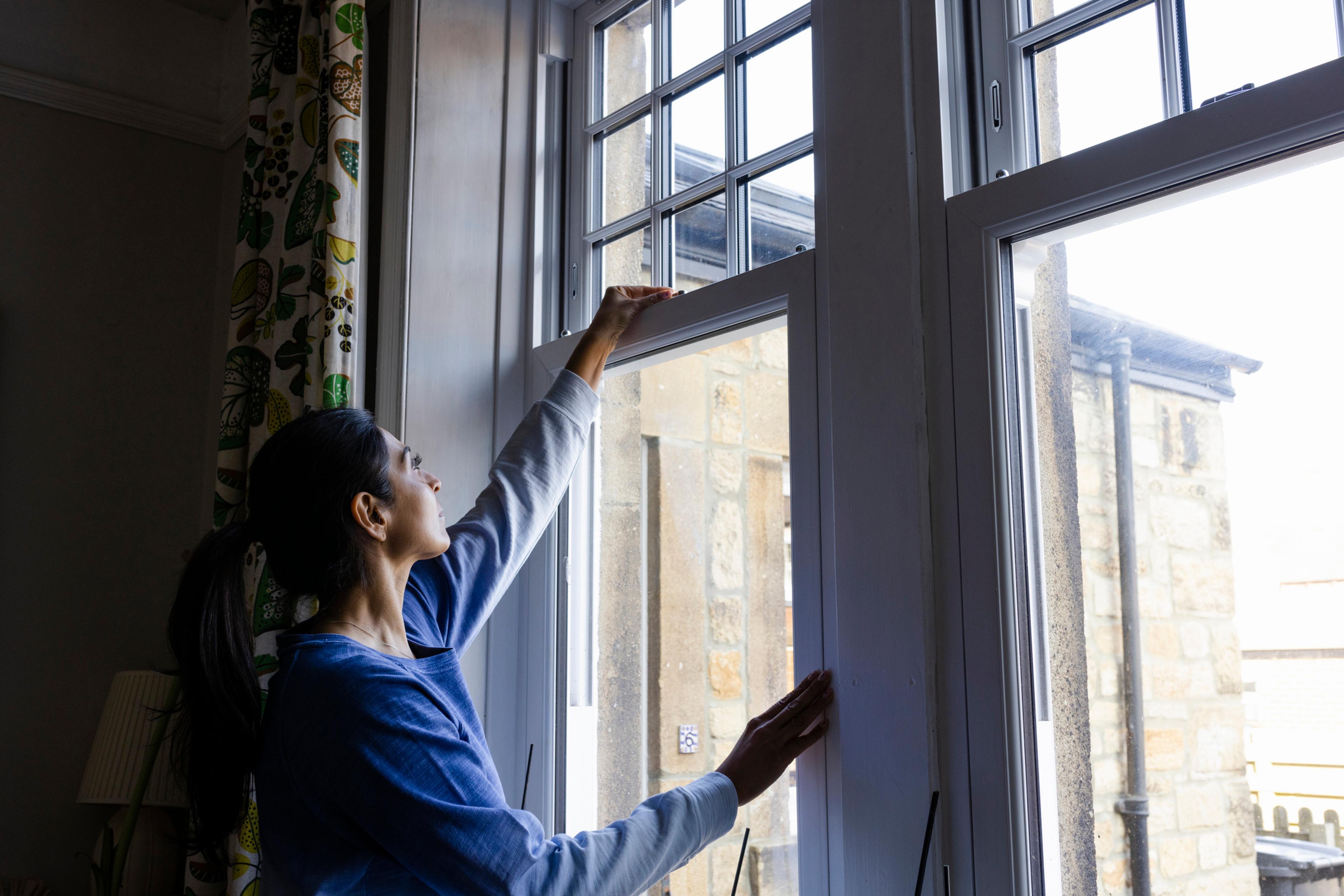Six Tips to Beat Hidden Classroom Germs
| 3 min read

As parents and caregivers know all too well, one child’s simple cold has the power to wreak havoc on an entire classroom. There are a few reasons why sniffles and sneezes thrive in schools. To start, students spend the day in close contact with their classmates and friends, and many of them have less-than-sanitary habits. Children also have less developed immune systems, making them more susceptible to germs.
It’s also important to remember that most infectious diseases spread through direct contact with a sick person or a germy surface. In 2009, Ann Arbor-based scientists from NSF International (formerly the National Sanitation Foundation) decided to track down the germiest places in elementary schools. You might guess the bathroom and toilets were the biggest offenders – but surprisingly, you’d be wrong! The scientists determined that plastic cafeteria trays harbor one the highest germ counts, and water fountain spigots have bacteria and mold counts almost 1,000 times higher than the count on the toilet seat.
You can’t shield your child from every germ in the classroom (and probably wouldn’t want to), but you can help your kiddo develop healthy habits to ensure they have a happy and productive school year:
Teach proper hand washing technique. Make sure your child spends 20 seconds washing their hands each time (about as long as it takes to sing the “Happy Birthday” song twice), and lathers up the backs of their hands, between their fingers and under their nails.
Keep hand sanitizer handy. Washing with soap and water is best way to kill germs, but an alcohol-based hand sanitizer will do in a pinch. The most effective hand sanitizers contain at least 60 percent alcohol. Note that children under age six shouldn’t carry hand sanitizer or use it without adult supervision.
Get a personal water bottle. Remember, the water fountain is a secret germ haven! Children will get cleaner water if they let the fountain run before taking a sip. Even better, they can bring a personal water bottle to school to avoid shared germs altogether.
Share with caution. Sharing is caring, but germs love it when you do. Consider packing personal school supplies for your child. This way they can avoid passing germs from student to student via shared pencils, erasers and rulers.
Boost your kid’s immunity. Ensure they get enough sleep and exercise, manage their stress in healthy ways and encourage them to eat nutritious foods.
Follow recommended immunizations. The CDC provides easy-to-read charts that show the immunization schedule for children up to age 18.
This blog post is part of #MIKidsCan, an initiative created by Blue Cross Blue Shield Michigan to promote positive change in the health and well-being of Michigan youth. To learn more about the campaign, visit https://www.ahealthiermichigan.org/mikidscan
Photo credit: Keenan Turner of MDK Media





